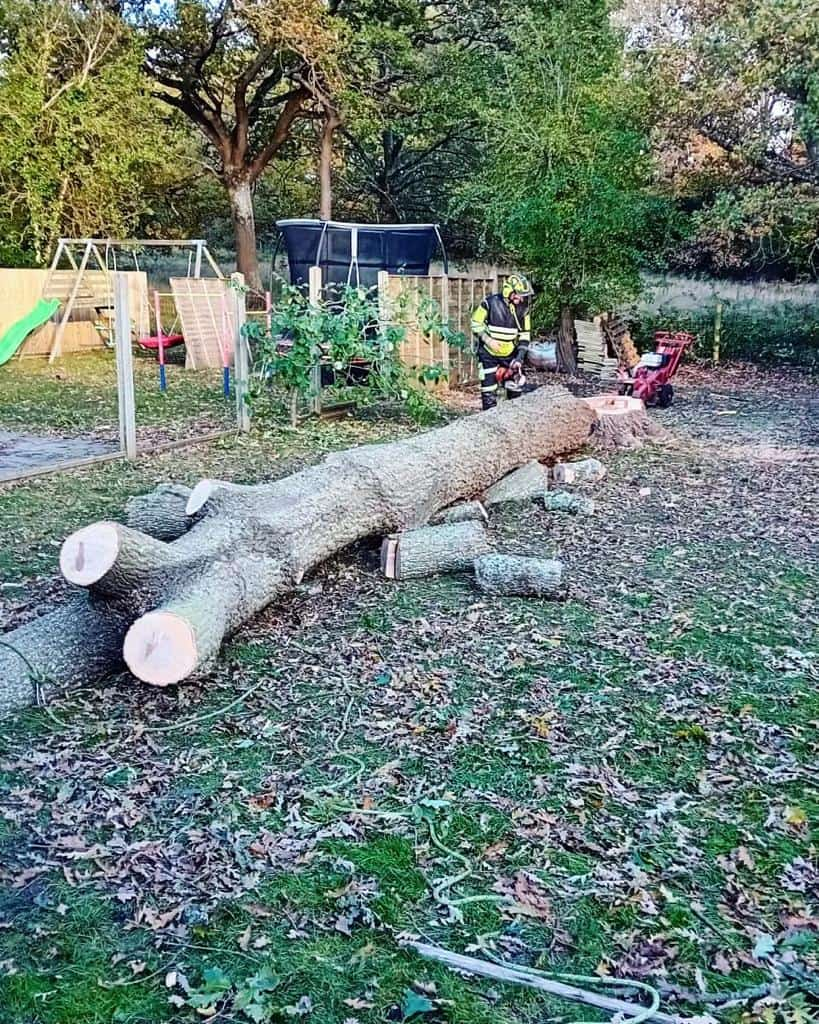Tree maintenance is essential for ensuring the health, safety, and longevity of trees. Two commonly used techniques in tree care are deadwood removal and pruning. While they may seem similar, they serve different purposes and have distinct benefits. Understanding the differences can help property owners in Winchester, Hampshire, make informed decisions about tree care and maintenance.
What Is Deadwood Removal?
1. Identifying Deadwood
Deadwood refers to branches that are no longer alive due to disease, damage, or natural ageing. These branches can become brittle and weak, posing a safety risk. Deadwood removal focuses on cutting away these non-living branches while preserving the healthy parts of the tree.
2. Benefits of Deadwood Removal
- Enhances safety – Prevents branches from falling and causing damage or injury.
- Prevents disease spread – Stops infections from spreading to healthy parts of the tree.
- Improves tree aesthetics – Keeps trees looking neat and well-maintained.
- Encourages healthy growth – Redirects nutrients to thriving areas of the tree.
What Is Pruning?
Pruning is a broader tree care practice that involves selectively cutting branches to improve tree structure, health, and appearance. Unlike deadwood removal, pruning is not limited to removing dead branches—it also includes shaping and managing tree growth.
1. Types of Pruning
- Thinning – Removing select branches to improve air circulation and reduce weight.
- Crown Reduction – Cutting back the height and spread of a tree to maintain size and prevent structural issues.
- Formative Pruning – Shaping young trees to encourage strong future growth.
- Structural Pruning – Adjusting branch placement to improve stability and growth direction.
2. Benefits of Pruning
- Improves tree health – Removes weak or diseased branches to prevent decay.
- Enhances growth patterns – Encourages balanced growth and prevents overcrowding.
- Reduces maintenance needs – Prevents future issues that could require extensive intervention.
- Promotes fruit and flower production – Helps fruit-bearing trees yield more produce.
When Should You Opt for Deadwood Removal vs. Pruning?
1. Choose Deadwood Removal If:
- The tree has clearly dead or broken branches.
- You notice potential safety hazards, such as hanging or weak limbs.
- The tree is losing its aesthetic appeal due to dead or dying branches.
2. Choose Pruning If:
- The tree needs shaping for better growth and structure.
- There are overgrown branches interfering with buildings or pathways.
- You want to improve flowering or fruit production.
Can Deadwood Removal and Pruning Be Done Together?
Yes, these two services are often performed together. While removing deadwood, an arborist may also prune select branches to enhance the tree’s overall health and appearance. Combining these services ensures that trees remain strong, balanced, and visually appealing.
Conclusion
Understanding the difference between deadwood removal and pruning is key to maintaining healthy and safe trees. While deadwood removal focuses on eliminating non-living branches, pruning promotes growth, structure, and overall tree health.
For professional tree care services in Winchester, Hampshire, contact LM Tree Surgery Winchester. Our expert arborists can assess your trees and provide tailored solutions for deadwood removal, pruning, and overall tree maintenance.
Call us on: 01962 571 792
Click here to find out more about LM Tree Surgery Winchester
Click here to complete our contact form and see how we can help with your tree needs.

